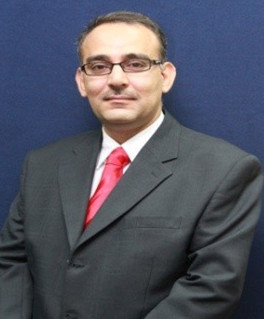Abstract—This paper presents the evaluation process of aerodynamic load on wind turbine blade using Fluid Structure Interaction (FSI) method. The aerodynamic loads are determined using 3D Computational Fluid Dynamics (CFD) and are applied to the wind blade structure with the help of an interface which relates the FSI interaction. The interface shares the identical surface topology. The steady and transient CFD analyses with k- SST turbulence model are performed for 1-way and 2-way interaction, which are defined by using the interface between fluid and structure domains. A parameterized 3D CAD models for National Renewable Energy Laboratory (NREL) Phase VI wind blade are used for the analyses. The verification of CFD results are performed by comparing with experimental data, which were obtained from NREL. The calculated and verified aerodynamic loads are applied to the wind blade structural model. The effective structural stiffness was derived from the frequency based eigen-value analysis. The static and time dependent transient structural analyses were performed. From the mesh-sensitivity parametric studies, the wind power coefficient or torque value is found to be strongly affected by the fluid mesh characteristics. The structural mesh characteristic was important in the mapping process of CFD aerodynamic load to the structure.
Index Terms—Wind energy, wind blade, FSI, CFD, NREL Phase VI, airfoil.
Kyoungsoo Lee is with Center for Energy and Environmental Sustainability (CEES), Prairie View A&M University, Prairie View, TX, 77446, USA (e-mail: kylee@pvamu.edu).
Ziaul Huque is with the Mechanical Engineering Department, CEES, Prairie View A&M University, Prairie View, TX, 77446, USA (e-mail: zihuque@pvamu.edu).
Raghava Kommalapati is with the Civil & Environmental Engineering Department, CEES, Prairie View A&M University, Prairie View, TX, 77446, USA (e-mail: rrkommalapati@pvamu.edu).
Sang-Eul Han is with the School of Architecture, Inha University, Incheon, South Korea (e-mail: hsang@inha.ac.kr).
[PDF]
Cite:Kyoungsoo Lee, Ziaul Huque, Raghava Kommalapati, and Sang-Eul Han, "The Evaluation of Aerodynamic Interaction of Wind Blade Using Fluid Structure Interaction Method," Journal of Clean Energy Technologies vol. 3, no. 4, pp. 270-275, 2015.


